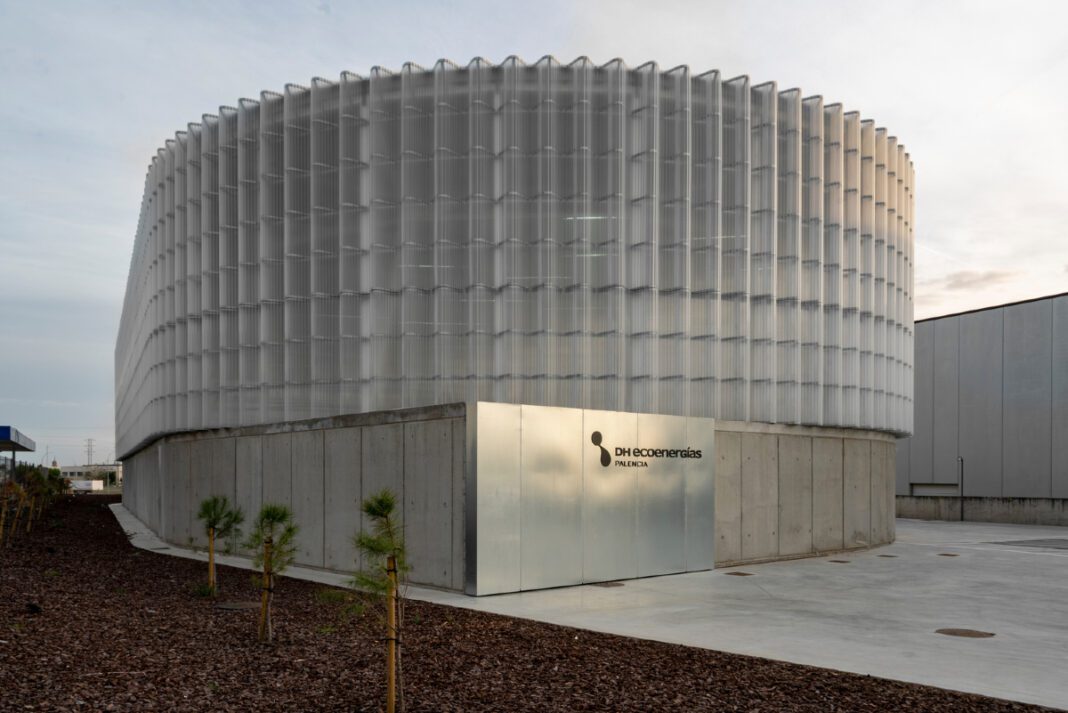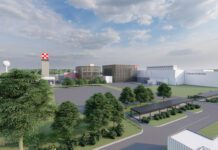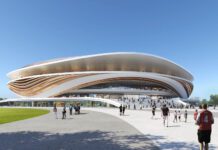The DH Palencia project, a groundbreaking initiative in Spain, exemplifies the potential of sustainable energy infrastructure to transform urban landscapes. Designed by FRPO Rodriguez & Oriol and completed in 2023, this facility serves as a visible hub for a district heating network powered by renewable resources.
Located in Palencia, Spain, the 1,960 sq m DH Palencia facility plays a dual role by producing hot water for the local community while also serving as an educational tool to showcase the benefits of renewable energy. The project, spearheaded by DH Ecoenergías, is part of a broader effort to decarbonise Spanish cities by replacing fossil fuel heaters with cleaner alternatives.
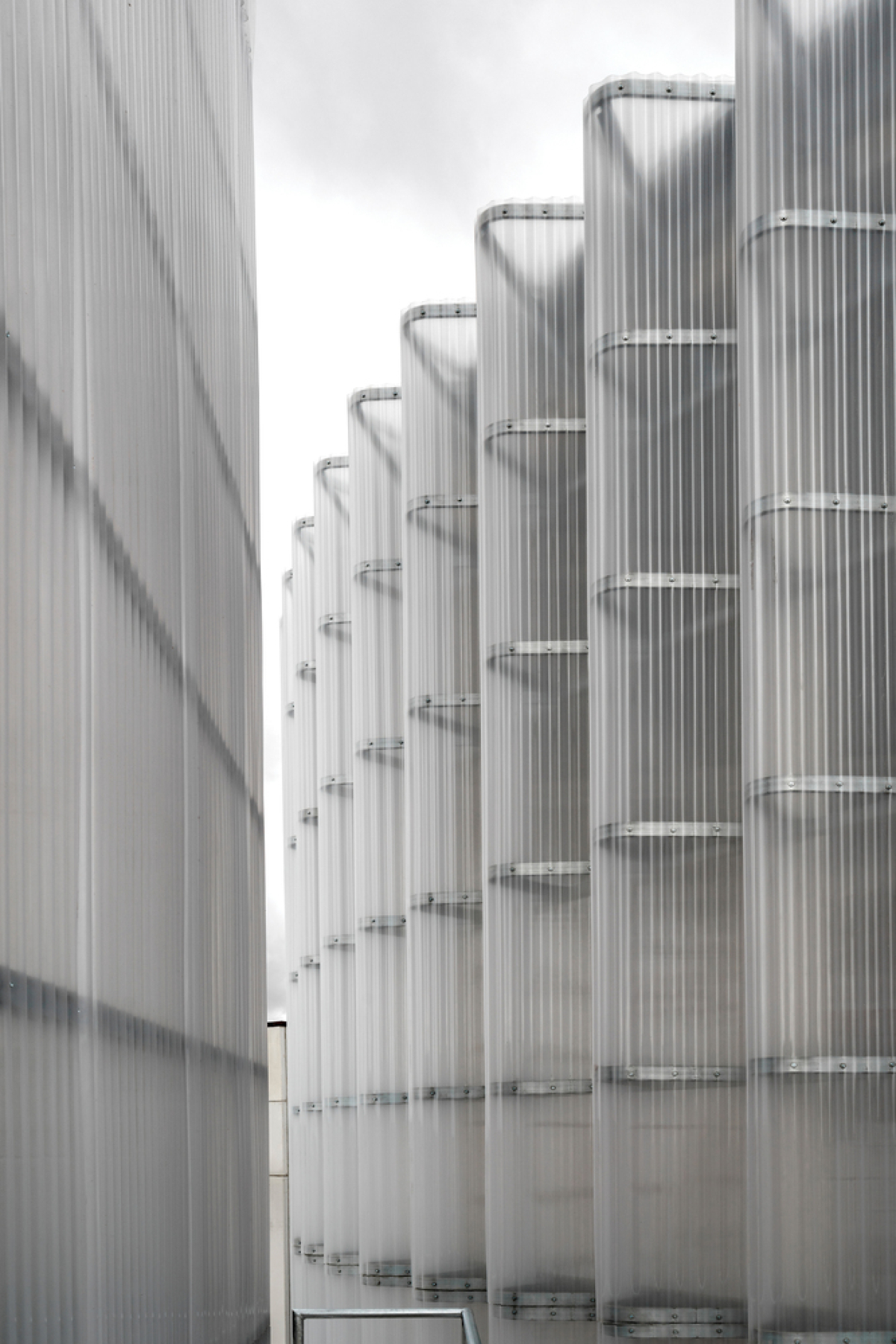
The architectural design of the project reflects its dual purpose. The building consists of a heavy concrete base, which houses the machinery and supports connections to external elements, and a light, recyclable lantern made of steel and plastic. The lantern’s translucent facade and delicate steel framework create a visually striking structure that symbolises the energy transformation taking place within.
A notable feature of the facility is the translucent tower that expels white smoke, the result of a filtering process. This element adds to the visual impact and educational value of the project, making it a landmark for the community.
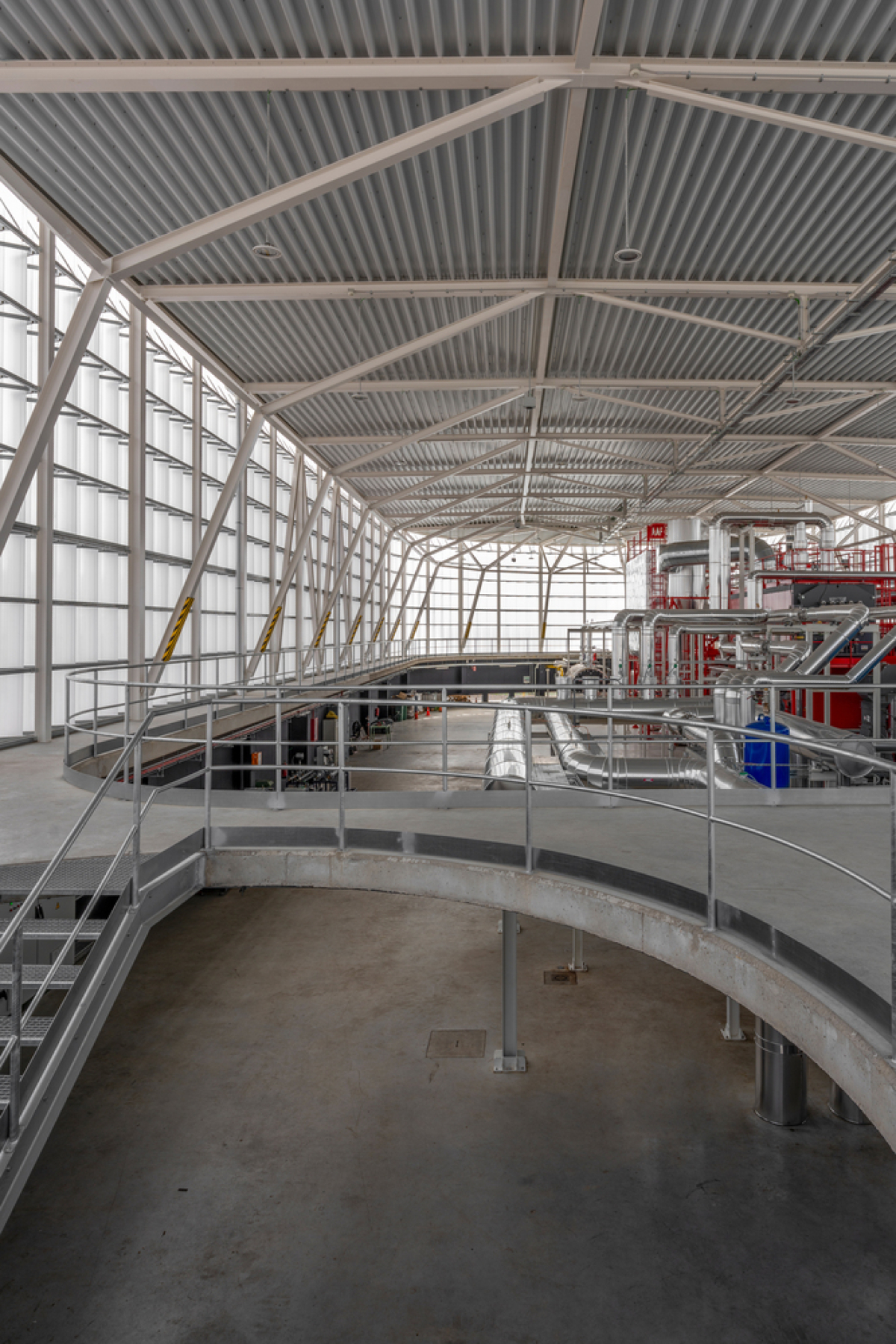
The DH Palencia project has not only transformed the local energy landscape but has also had a positive impact on the community. By providing clean, renewable heat, the project has improved air quality and reduced greenhouse gas emissions. Additionally, the educational component of the facility has raised awareness about sustainable energy and inspired local residents to adopt more environmentally friendly practices. The success of the project demonstrates the potential for innovative energy solutions to create a more sustainable and resilient future for urban communities.
Beyond its functional role, DH Palencia serves as a symbol of urban sustainability. The project demonstrates that energy infrastructure can be designed to be both efficient and aesthetically pleasing, creating a positive impact on the environment and the community.


